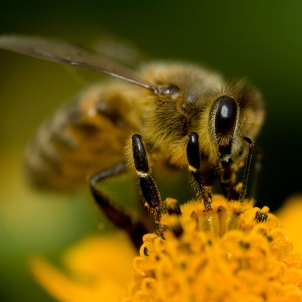Varroa mite
TasFarmers is concerned by the discovery of Varroa mite in Australia in 2022. Varroa mite is a significant threat to our honey bee and pollination industry
We want to assure you that we are working with government and our peak industry bodies to ensure that our industry is protected. We will endeavour to provide you with as much information as we can
What is Varroa mite?
Varro mite is an external parasitic mite that attaches to and feeds on honey bees, they are the most serious pest affecting honey bees worldwide.
The mites are tiny reddish-brown external parasites of European honey bees. Varroa mites are a notifiable pest, which means if you suspect you have found signs of varroa mite in your hives, you must report it immediately by calling the Exotic Plant Pest 1800 084 881

How is Varrora Mite spread?
The varroa mite migrates easily and spreads quickly between adult bees.
The mite will spread in various ways, including by drifting bees and absconding colonies or between colonies and apiaries during everyday apiary management practices. The mites will quickly transfer to a healthy colony and attack the healthy bees when beekeepers swap hive components, infested brood, and adult bees during normal routine activities.
What are the long-term impacts?
Varroa mites need honey bees for their survival and to reproduce. An adult mite may live and feed from an adult bee for up to 3 months. Left untreated, varroa mites will kill any bee hive it infects. All feral and untreated bee colonies will eventually die.
